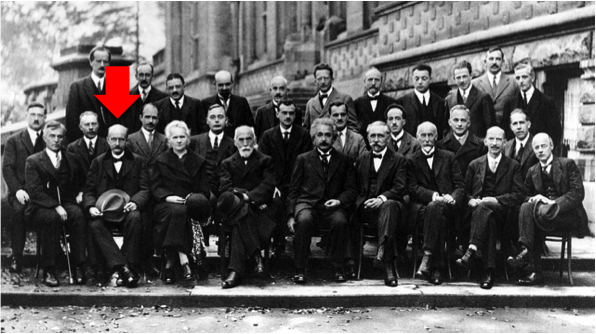Planck’s law is the formula that describes the emission energy-frequency distribution of a black body radiation.

In the late 1800s, scientists tried to offer a mathematical explanation for the frequency profiles of radiation emitted from cavity-in-a-box devices. Lord Rayleigh, a British scientist, used classical physics (in particular, the equipartition theorem where E = kT) to derive a formula called the Rayleigh-Jeans law:
However, the above function only matches the frequency distribution curve at long wavelengths (see below diagram). It diverges when it reaches the ultraviolet range, wrongly implying that an infinite amount of radiation is emitted by the device at short wavelengths, leading to an ‘ultraviolet catastrophe’.

In 1900, Max Planck managed to derive a function that fits the frequency distribution curve very well by assuming that
where n is a positive integer, h is a constant called the Planck constant, and v is the frequency of electromagnetic radiation.
This resulted in the Planck distribution function or Planck’s law:
The modern value of h that allows Planck’s law to fit an experimental emission frequency distribution curve very well is 6.626 x 10-34 J s. This value is known as the Planck constant, which is now the basis for the definition of the kilogramme. Eq1 is called the Planck relation and restricts the energy of electromagnetic radiation to certain discrete values, i.e. electromagnetic energy is quantised. It is this important relation that has led the development of quantum theory.
If you are interested in the complete derivation of Planck’s law, see this article.

Question
What does the positive integer in the Planck relation represent?
Answer
When working on the formula for the frequency distribution curve, Planck assumed that there were n resonating (standing) electromagnetic waves with a particular frequency in the cavity. Einstein, in his experiment, later showed that n also refers to the number of photons, which allows eq1 to be interpreted as the energy of a single photon with the quantised value of hv.